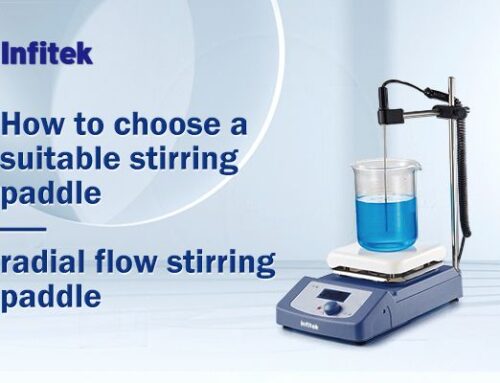Selecting the ideal microplate reader for your laboratory is a key step towards achieving precise and reliable results in a variety of assays. With a wide array of options available, each offering unique features and capabilities, finding the right microplate reader requires careful consideration of specific factors. Here’s a comprehensive guide to help you unlock precision and choose the perfect microplate reader for your research needs:
1. Define Your Research Goals
Begin by identifying the specific assays and experiments you plan to perform using the microplate reader. Determine whether you require absorbance, fluorescence, luminescence, or other detection modes based on your research objectives.
2. Assess Detection Performance
Evaluate the sensitivity, dynamic range, and accuracy of the microplate reader’s detection capabilities. Look for specifications such as detection limits and signal-to-noise ratio to ensure it can detect and quantify analytes at the desired levels.
3. Consider Plate Compatibility
Check the compatibility of the microplate reader with different plate formats, including standard 96-well, 384-well, and 1536-well plates. Ensure it supports both flat-bottom and round-bottom plates if needed for your experiments.
4. Automation and Workflow Efficiency
Explore the level of automation offered by the microplate reader. Features such as automated plate handling, integrated plate stackers, and robotic compatibility can streamline workflows and increase throughput, particularly for high-throughput screening applications.
5. Software and Data Analysis Tools
Assess the user interface and data analysis software provided with the microplate reader. Look for intuitive software with customizable assay protocols, real-time data visualization, and advanced analysis capabilities to simplify data interpretation.
6. Maintenance and Support
Consider the ease of maintenance and availability of technical support from the manufacturer. Choose a microplate reader from a reputable company known for reliable performance and responsive customer service.
7. Budget and Cost Considerations
Define your budget and prioritize features based on your laboratory’s needs. Factor in not only the initial purchase cost but also ongoing expenses such as maintenance, calibration, and software updates.
8. User Reviews and Recommendations
Research user reviews and seek recommendations from colleagues or industry experts who have experience with specific microplate reader models. Real-world feedback can provide valuable insights into the instrument’s performance and usability.
9. Future Compatibility and Scalability
Anticipate future research needs and consider the scalability of the microplate reader. Choose a versatile instrument that can accommodate emerging technologies and new applications as your research evolves.
10. Consultation with Experts
Finally, consult with experienced researchers or laboratory managers for personalized advice tailored to your specific requirements. Their expertise can guide you in selecting a microplate reader that aligns with your scientific goals and budget.
By considering these factors and recommendations, you can confidently select a microplate reader that meets your laboratory’s needs for precision, efficiency, and reliability. Investing in the right instrument will enhance the quality and productivity of your research, ultimately advancing scientific discovery in your field. Unlock precision with the perfect microplate reader for your laboratory!




Get Social